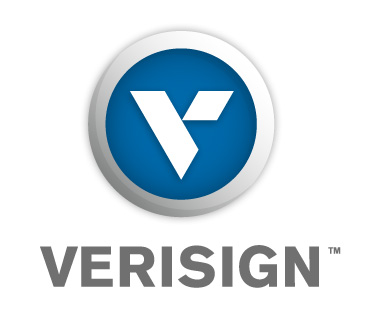

|
||
|
||
The high cost of prescription drugs has created a health and economic crisis in the U.S. Personal prescription importation gives Americans a lifeline for affording safe medications.
As prescription drug prices continue to skyrocket, the Internet has made it possible for Americans to access medications safely at considerable cost savings. As I’ve shared previously on CircleID, safety and affordability are the most important considerations when choosing an online pharmacy.
The Internet community should protect this access through cyber policymaking and effective Internet governance that embraces safe online pharmacies regardless of location.
We recently released the results of a survey of Americans who order their daily medications from licensed Canadian pharmacies, demonstrating the realities of personal prescription importation.
The overwhelming majority of respondents—94 percent—cited cost as the main reason they order their medications from licensed, legitimate online pharmacies, which is an increase from last year’s survey in which 79 percent of respondents cited cost as the main reason. In addition, 97 percent of survey respondents would recommend ordering prescription medications from an online pharmacy in Canada to their friends and family members.
Nearly half of respondents (48 percent) have been ordering their medications from Canada for more than four years.
This year’s survey also showed an increase in the percentage of people who are hearing about online pharmacies from their healthcare provider or pharmacist: 39 percent of survey respondents indicated that a healthcare provider or pharmacist told them about online pharmacies compared to 26 percent in last year’s survey.
Additional highlights:
As this survey makes clear, importing prescription medications from safe, verified pharmacies in Canada provides a lifeline to those in need of affordable life-saving and health maintenance medications.
As a global Internet community, we must protect human rights as it intersects with digital technology and opposes anyone who uses the Internet to restrict Americans’ ability to access safe and affordable medications.
For more information on personal prescription importation, please visit this link: https://personalimportation.org/
Survey methodology: CPPI conducted this online survey between September 3, 2018 and November 12, 2018. Based on the universe of followers of CPPI, this sample of 1,354 responses represents findings with a standard sampling error of plus or minus 5 percent. For more information on the surveys cited in this article, please visit https://personalimportation.org/understand-the-issue/survey-importation-from-canada-is-safe-and-affordable/.
Sponsored byVerisign

Sponsored byCSC

Sponsored byVerisign

Sponsored byDNIB.com

Sponsored byWhoisXML API

Sponsored byRadix

Sponsored byIPv4.Global

Yes, trust and safety are extra important to people when it comes to pharmaceutical drugs.
Another way to establishes trust is the new gTLD .PHARMACY that has eligibility requirements, cf.
https://nabp.pharmacy/programs/dotpharmacy/apply/
This is a much more expedient way to ramp up online safety from several other angles, like the TLD itself would essentially guarantee the website is authentic, not spoof or spam, in the same way that .EDU, .GOV, and .MIL connotes that reassurance and trust for people.
[disclaimer]